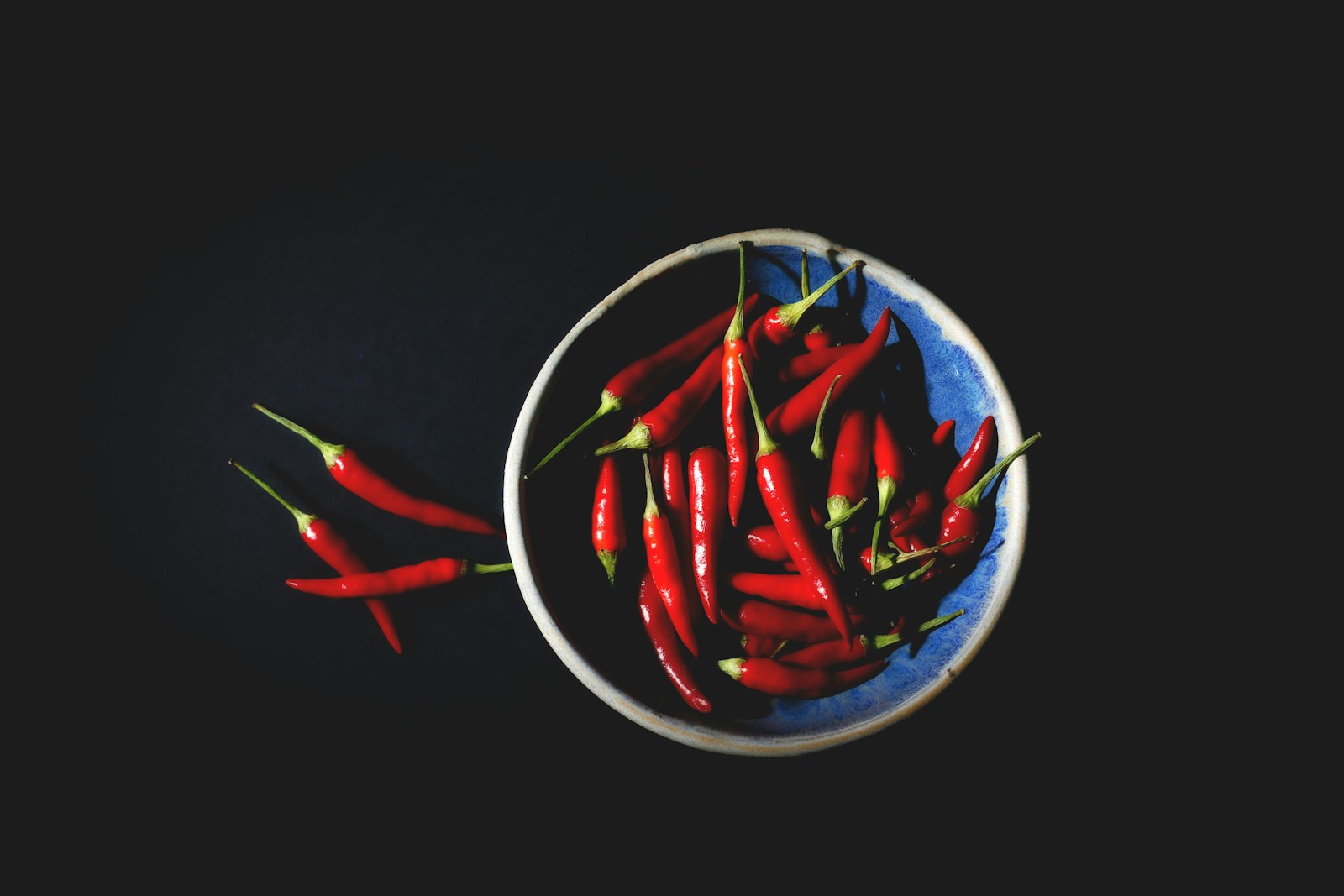
Can marijuana help if you've overdone the hot sauce?
If you find that more foods are overloaded with heat, you're not wrong. The spicy food trend is not just a fad, but a global culinary movement. There was a collective sigh of relief as the Sriracha supply dwindled and suddenly everyone was in the game. Campbells started adding ghost peppers and the grocery shelves are full of options. But what if you overdo it? Bread, citrus fruits, alcohol, yogurt, and milk can help relieve the pain. But can marijuana help you overdo the hot sauce?
RELATED: Yacht Rock pairs perfectly with cocktails
Well, it's a bit of a complicated answer – the answer is a qualified yes. Most people only treat themselves to a spicy dish at the last moment. When you stop by Houston Hot Chicken, you'll experience the extreme heat. Some places require you to sign a waiver, in part to ensure that you still pay for your food and don't ask for a refund if you can't eat it. But when it comes to marijuana use, planning ahead could be crucial.
It appears that researchers in San Diego accidentally stumbled upon another way to cool the mouth.
Researchers at UCSD's Center for Medical Cannabis Research tested marijuana's potential for relieving neuropathic pain. To simulate the pain associated with chemotherapy or HIV/AIDS, researchers injected participants with capsaicin, the active ingredient that makes peppers spicy. In addition to the sensation of heat, capsaicin produces pain and is therefore an important tool in pain research.
The trial was a success; cannabis led to a significant, although modest, improvement in pain. Subjects reported a reduction in pain at the medium dose, and there was also a significant correlation between plasma levels of THC, the active ingredient in cannabis, and a reduction in pain.
RELATED: The 5 Most Delicious Pepperoni and the Idiots Who Ate Them
The first problem is dosage. Cannabis has a narrow window for pain relief. Too little has no effect, but too much makes the pain worse. The optimal amount is around 4% THC.
The second problem is response time. The pain-relieving effect occurs immediately; it takes about 45 minutes. For anyone who has a mouthful of habanero burning like an out-of-control fire, 45 minutes of relief seems a bit long. You would need to do pre-planning and microdosing. Or put some cannabis oil in your mouth before indulging in the spice.
Consuming hot sauce can give you a “high.” When you eat something spicy and the capsaicinoids (made up of capsaicins) get on your tongue, it sends a message – similar to what happens when you're near a hot fire – to the brain, essentially tricking it into thinking your mouth is burning and need quick help ( It's the same thing that happens when you touch your eye or other sensitive areas after handling a hot pepper. The brain responds by releasing endorphins. Which results in a brief high.
More research needs to be done in this area before there is an immediate practical solution.

Post a comment: